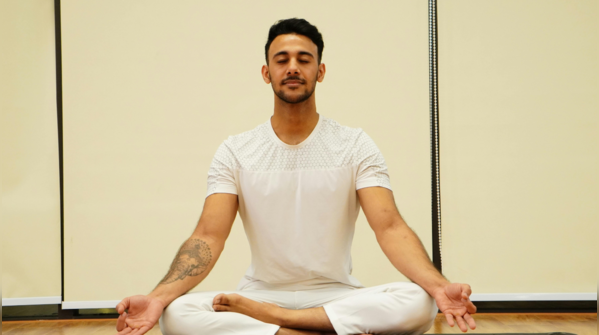
1/6
Which yoga poses have madea comeback in the 21st century?
Yoga has been around for thousands of years, but like many age-old practices, some of its original gems slowly faded into the background. Today, however, something interesting is happening. As modern lifestyles get more chaotic and stressful, there’s a growing shift back to the roots—towards practices that truly heal, strengthen, and centre the body and mind. Among these, some ancient yoga poses that were once sidelined are making their way back into daily routines, especially for those who seek deeper mental clarity and long-lasting physical health. These aren’t the regular crowd-pleasers seen on social media. These are quiet, potent poses with deep histories—and their return has been nothing short of remarkable.
Here are 5 of these ancient yoga poses that are making a well-deserved comeback.

2/6
Pranayama
This ancient breathing practice was never meant to be a sidekick. In old yogic texts like the Hatha Yoga Pradipika, pranayama is placed at the heart of physical and mental transformation. What’s making it popular again? A renewed scientific interest in how controlled breathing impacts the nervous system, heart rate, and even emotional stability. Studies have shown pranayama can reduce symptoms of anxiety, help with insomnia, and even regulate blood pressure.
Today, the focus isn’t just on physical fitness, but on emotional hygiene too. That’s why pranayama is quietly becoming a cornerstone of modern wellness routines—especially in the age of burnout.
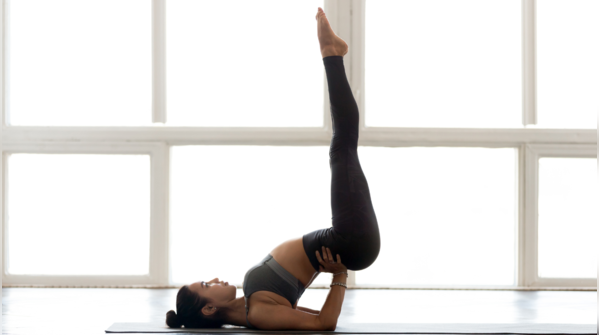
3/6
Viparita Karani
This pose, which involves lying on the back and lifting the legs up vertically, was historically believed to reverse the downward flow of energy. While that may sound symbolic, modern physiology suggests something similar—Viparita Karani encourages venous blood flow, eases swollen feet, and supports lymphatic drainage. What makes its comeback fascinating is how it’s being prescribed not just in yoga studios but even in physiotherapy and fertility clinics for its calming, circulation-boosting benefits.
More than a pose, it's a powerful statement: sometimes, stillness can be the strongest medicine.
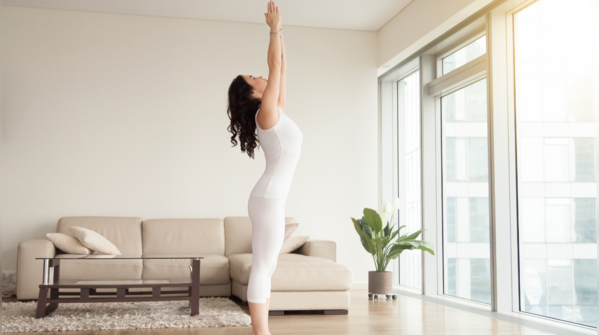
4/6
Tadasana
Tadasana, or the mountain pose, is often brushed aside as merely standing still. But ancient yogis considered it a deeply grounding posture. It was said to align the spine, calm the mind, and build unwavering presence. Recent research shows how small muscular adjustments in this pose can correct spinal alignment, improve posture, and even relieve chronic back pain.
As digital lifestyles increase slouching and tension, there’s been a revival of Tadasana as a therapeutic tool. Its comeback isn’t dramatic—but steady and strong, just like the pose itself.
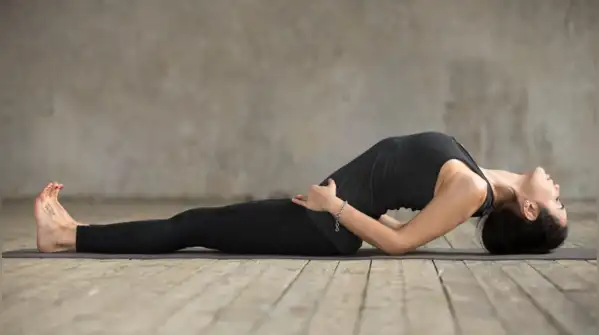
5/6
Matsyasana
In Sanskrit, Matsya means fish, and Matsyasana was often described in early texts as a posture that could “float” the body above illnesses. While that sounds poetic, its actual physiological effects are powerful. By arching the spine and opening the throat, it stimulates the thyroid and parathyroid glands—organs deeply tied to metabolism and hormonal balance.
It’s also gaining new fans among those with tech-neck and desk-job fatigue. This ancient chest opener is now being reintroduced as a gentle counter to the closed, hunched positions modern life demands.
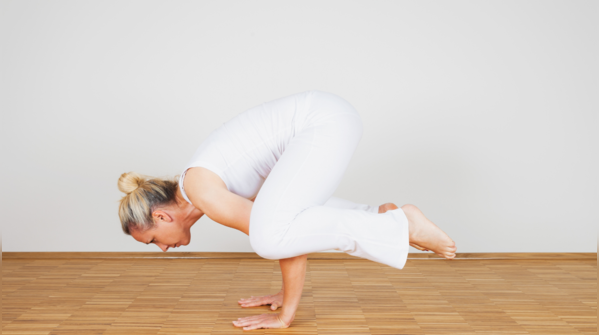
6/6
Kakasana
Long before it became a trending Instagram pose, Kakasana (crow pose) was a meditative arm balance meant to build mental focus and body awareness. Unlike its acrobatic cousin Bakasana, Kakasana is slightly more grounded and accessible. Its revival speaks volumes about a shift happening in the yoga world—away from performance and toward patience.
(This article is for informational purposes only and is not a substitute for professional medical advice, diagnosis, or treatment)
Follow Us On Social Media

 5 hours ago
42
5 hours ago
42



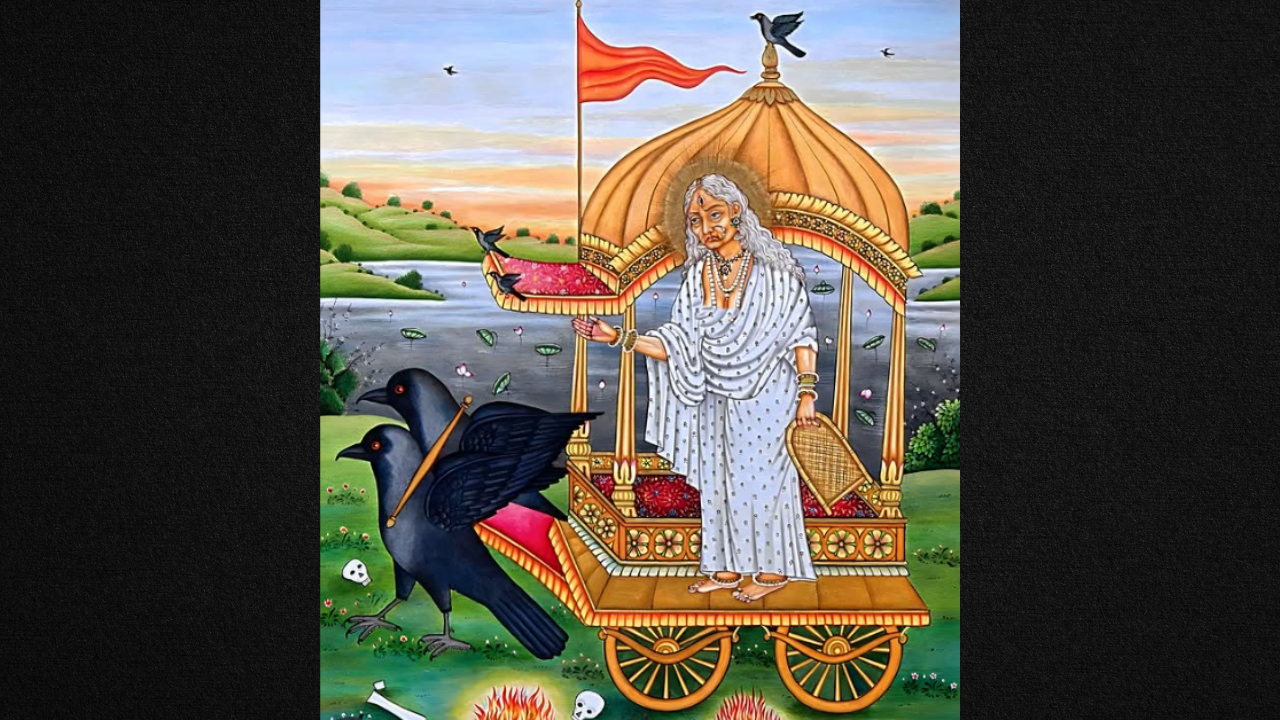






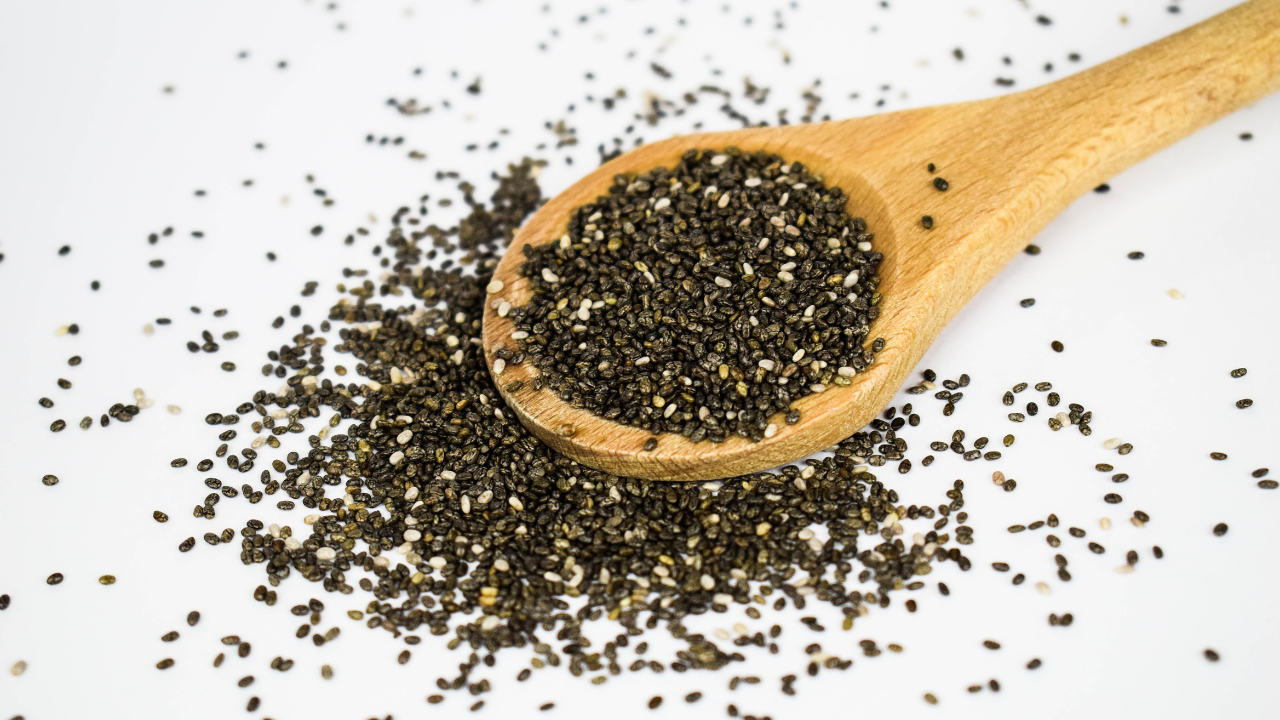

















 English (US)
English (US)